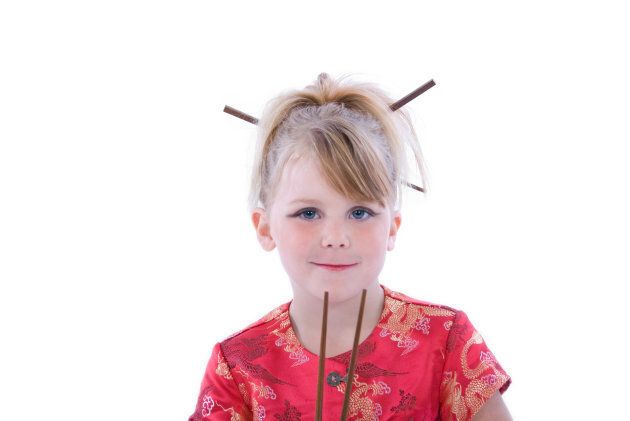Kids love the idea of dressing up and trick-or-treating for Halloween. It's a chance to for them to show off their costume to friends at school during the annual costume parade, and enjoy Smarties in their lunch box instead of applesauce.
Or is it? More and more schools are cancelling Halloween celebrations and unless you've been a teacher or school administrator, you may not understand the issues that this spooky annual tradition creates.
In attempt to keep the celebration going, schools send home notes to parents asking them to abide by school policies.

But, like so many notes left crunched at the bottom of the backpack, those notices get ignored, so enforcing these rules become difficult for schools.
Here's a list of issues that teachers face during Halloween that they wish parents would help them out with. I compiled these from interviews with teachers, and polling my own social media followers on the notes they have received from their children's schools.
Safety issues
Schools may ask you to refrain from sending your child to school with a mask that obstructs their view, or long gowns for little legs that might have to climb stairs to classrooms.

Costumes that have items like swords and shields are an invitation for "play fighting" that can easily end in accidents. Keep those props, weapons, embellishments, and safety hazards at home.
Be sensitive to the fears of younger kids
In a school that has kids in kindergarten to Grade 8, the senior grades need to be aware that the kindies might get very scared at the sight of their costumes. Save the zombie costume for the evening. Perhaps send your kid in a nerd costume for school!
Be culturally sensitive
Be sure your child doesn't wear a costume that represents a racist stereotype such as an Indigenous outfit (including the headdress), a Hawaiian dancer, a Japanese geisha, or wear Rastafarian dreadlocks, etc.

There are a million other options, so parents should educate their children about why these choices are not respectful to those cultures. Some children do not even celebrate Halloween and that is perfectly OK too. Help your child embrace difference!
Ensure the safety of children who have allergies
This process is tough on a regular school day, let alone one where the routines are changed, the kids are not easily recognizable in their costume, and there is food from outside floating around a gymnasium packed with children sharing treats unsupervised.
Sending something that's nut-free doesn't ensure it's safe for all.
Please, adhere to the school policies regarding treats. If they say no outside food, please respect this. Some schools allow you to sign up for certain treats only, while others give goodie bags with non-edible loot.
Remember that nuts are not the only thing kids are allergic to. Sending something that's nut-free doesn't ensure it's safe for all. Some kids are anaphylactic to food colouring, while soy and milk derivatives lurk in many foods under different names. Better safe than sorry: follow the school's rules.
Promote altruism
Schools often use this time to promote a cause and to help others so that children don't envision Halloween as being all about them getting free stuff and becoming greedy.

UNICEF used to have the orange box campaign when I was a child and now the wonderful Canadian organization, Free The Children, has a "Scare Hunger" Halloween campaign that encourages kids to bring in a non-perishable item.
Be sure to encourage your child to make the effort to support that aspect of Halloween too.
Candy control
After Halloween, little wrappers of chocolates will be strewn all along the hallways as kids load their pockets and lunch pails with their candy haul.
It's hard to teach a classroom of children jacked up on sugar so parents can help by setting limits on the amount and timing of treats. Some parents exchange gifts for candy to decrease the volume, or shorten the amount of time kids go knocking door-to-door.

Help your children notice the changes they experience when they have excessive sugars and other stimulants in their bodies so they understand the rationale and health concerns you are addressing by helping establish healthy eating limits on certain foods.
Also on HuffPost: